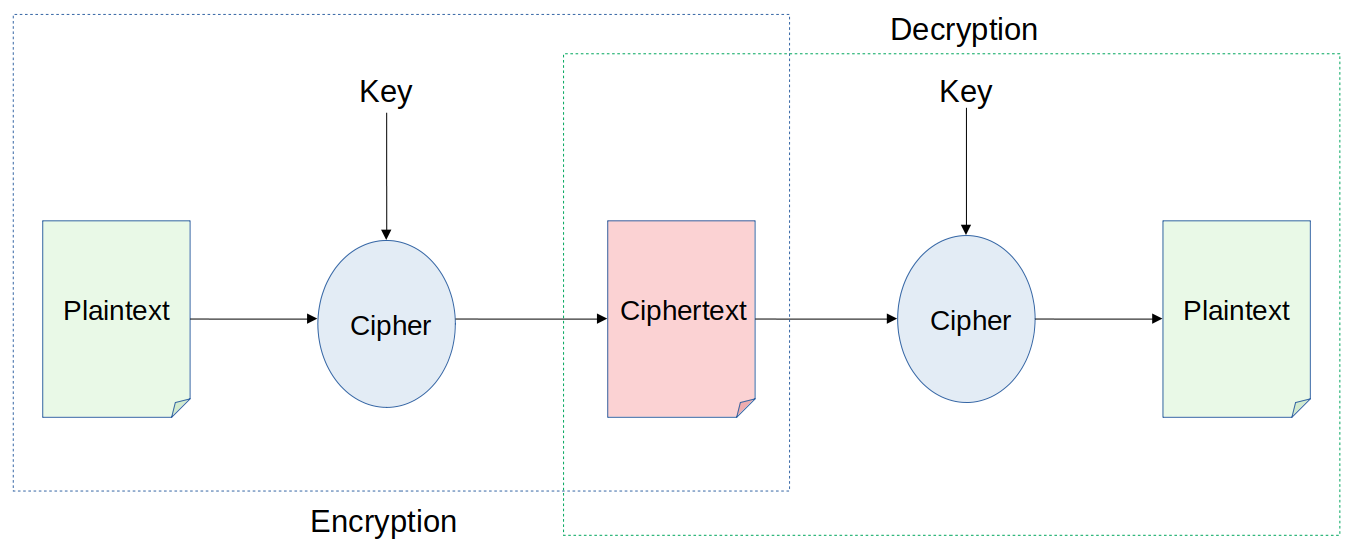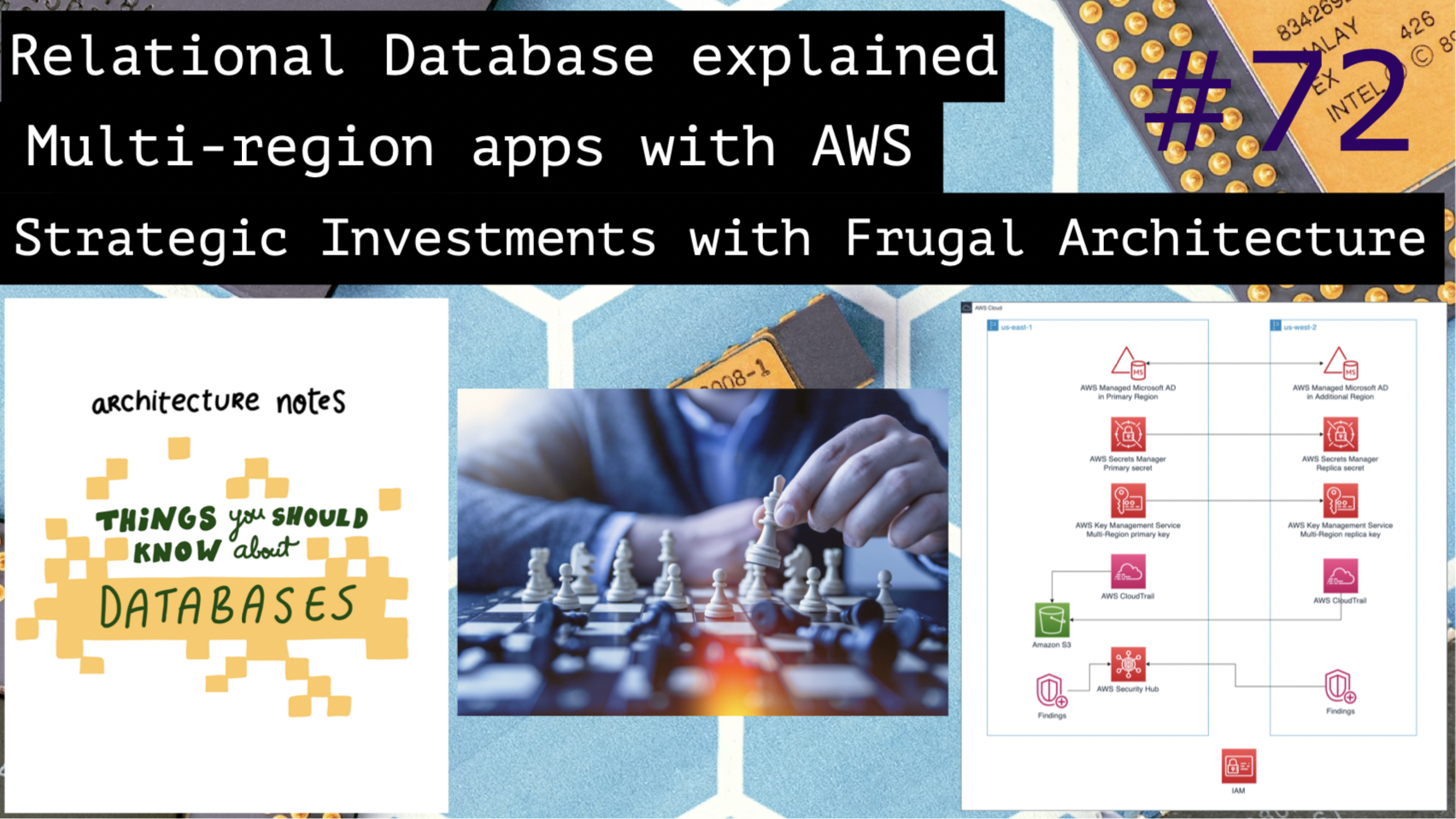Architecture Weekly Issue #72. Articles, books, and playlists on architecture and related topics. Split by sections, highlighted with complexity: 🤟 means hardcore, 👷♂️ is technically applicable right away, 🍼 - is an introduction to the topic or an overview. Now in telegram as well.
WARNING 🇺🇦
It's already been a year since Russia's crazy, brutal and unjustified war against Ukraine. We condemn this war and want it to stop ASAP. We continue this newsletter so you can advance your skill and help the millions of Ukrainian people in any way possible. If you want to help directly, visit this fund.
Big thanks to Nikita, Anatoly, Oleksandr, Dima, Pavel B, Pavel, Robert, Roman, Iyri, Andrey, Lidia, Vladimir, August, Roman, Egor, Roman, Evgeniy, Nadia and Daria for supporting the newsletter. They receive early access to the articles, influence the content and participate in the closed group where we discuss the architecture problems. They also see my daily updates on all the things I am working on. Join them at Patreon or Boosty!
Highlights
Relational Databases Explained 🤟
Recently I interviewed a pretty Senior guy who was doing very well but lacked the understanding of indexes and how to scale relational databases. Fortunately, Architecture Notes came up with a new long post about RDBMS, including the indexes and B-Trees explained. BTW, I have a video on B-Trees as well :)

#db
Creating a Multi-Region Application with AWS Services 👷♂️
This week the US-EAST-1 region of AWS was affected by an outage caused by AWS Lambda capacity management. There is no postmortem yet, but it is worth returning to the roots of multi-region application architecture. So grab an article from AWS themselves!

#cloud #aws #availability
Frugal Software Architecture. Part 2: Strategic Investments 🍼
The very first principle of frugal software architecture is strategic investments. While the name might imply a purely financial perspective, it extends further into time, technology, and talent. Grab the second article from the series!

#frugality #architecture
Follow-Up
Good availability measure 🤟
Following up on the availability topic. How do you measure the availability? Surprisingly, every cloud provider uses its own approach. In this paper, you will find what makes a good availability metric, why the current ones are not fulfilling those requirements and find a proposal for a true metric.
#availability #paper
Architecture Principles 🍼
Architecture Principles can guide the major decisions in your system like picking up a technology for Identity Management or picking up a communication protocol. Still the question is what makes a good architecture principle? How to formulate one? Find those rules covered in the article alongside with good examples.

#architecture
Intro to Kubernetes with Carlos Sanchez 🍼
Another interview! I spoke with the Principal Scientist at Adobe Experience Manager and the author of Jenkins Kubernetes Plugin - Carlos Sanchez! We figured out what is Kubernetes, what are the basic building blocks of it and what benefit it brings to managing your payload.
#kubernetes #k8s #interview #video
Database Partition Conversion with minimum downtime 🤟
Partitioning the database is a known practice of handling the growing amount of data. However it is important to also know how to create a new partition while under the heavy load: cause what other load led you to a db requiring a partition? Find the great piece of migrating to a new partition for a PostgreSQL.

#db #casestudy
PayPals' Key-Value Store open-sourced 👷♂️
Some of the news here! PayPal open-sourced JunoDB, a distributed key-value store that uses RocksDB as the underlying storage engine. PayPal is serving 350 billion requests which requires a highly available and security-focused database. Find out how it can be achieved!

#db
Introduction to encryption 🤟
And the last one for today - the introduction to encryption. I decided that it is always good to get back to the fundamentals - and I stumbled upon a good article. So grab the read!








